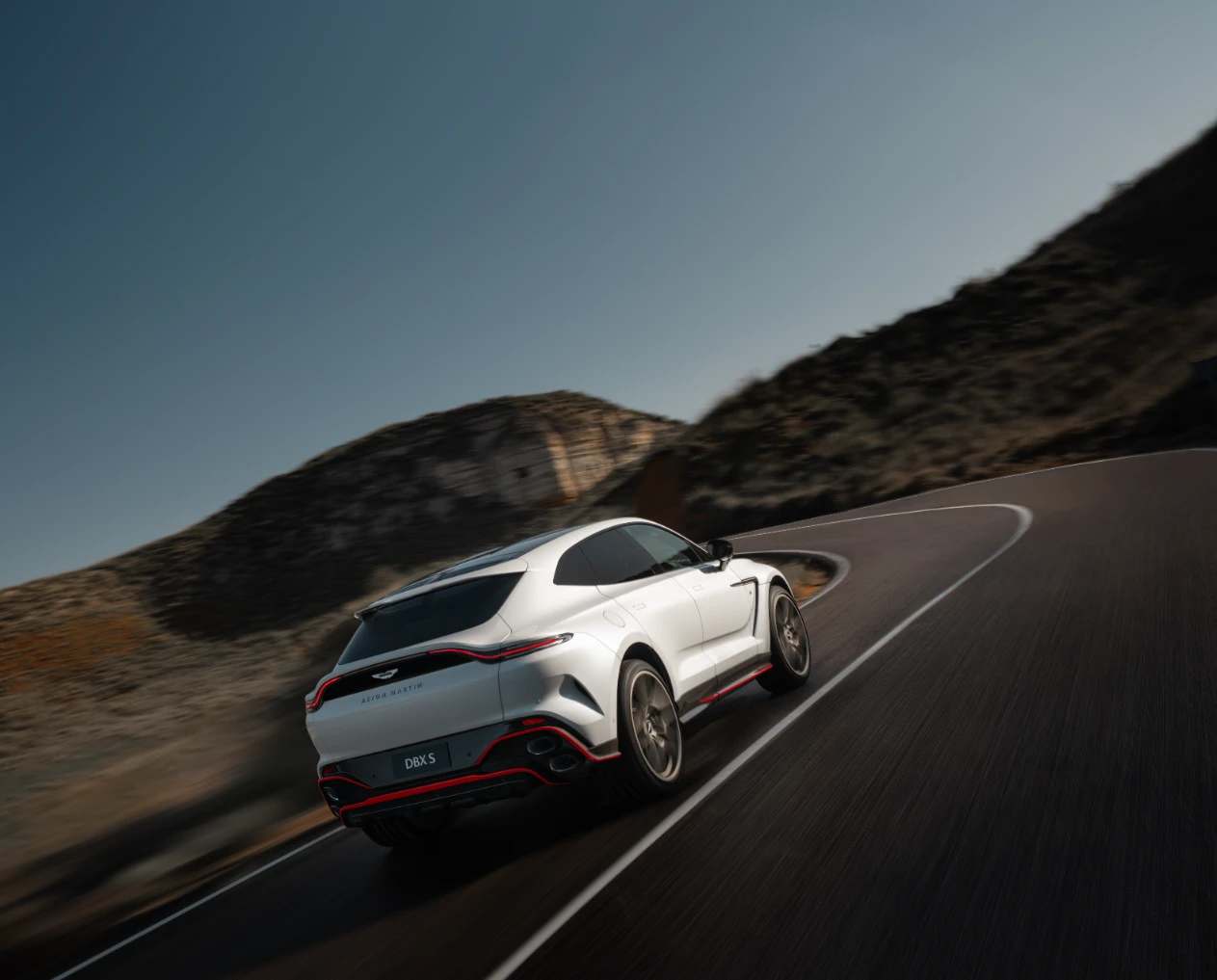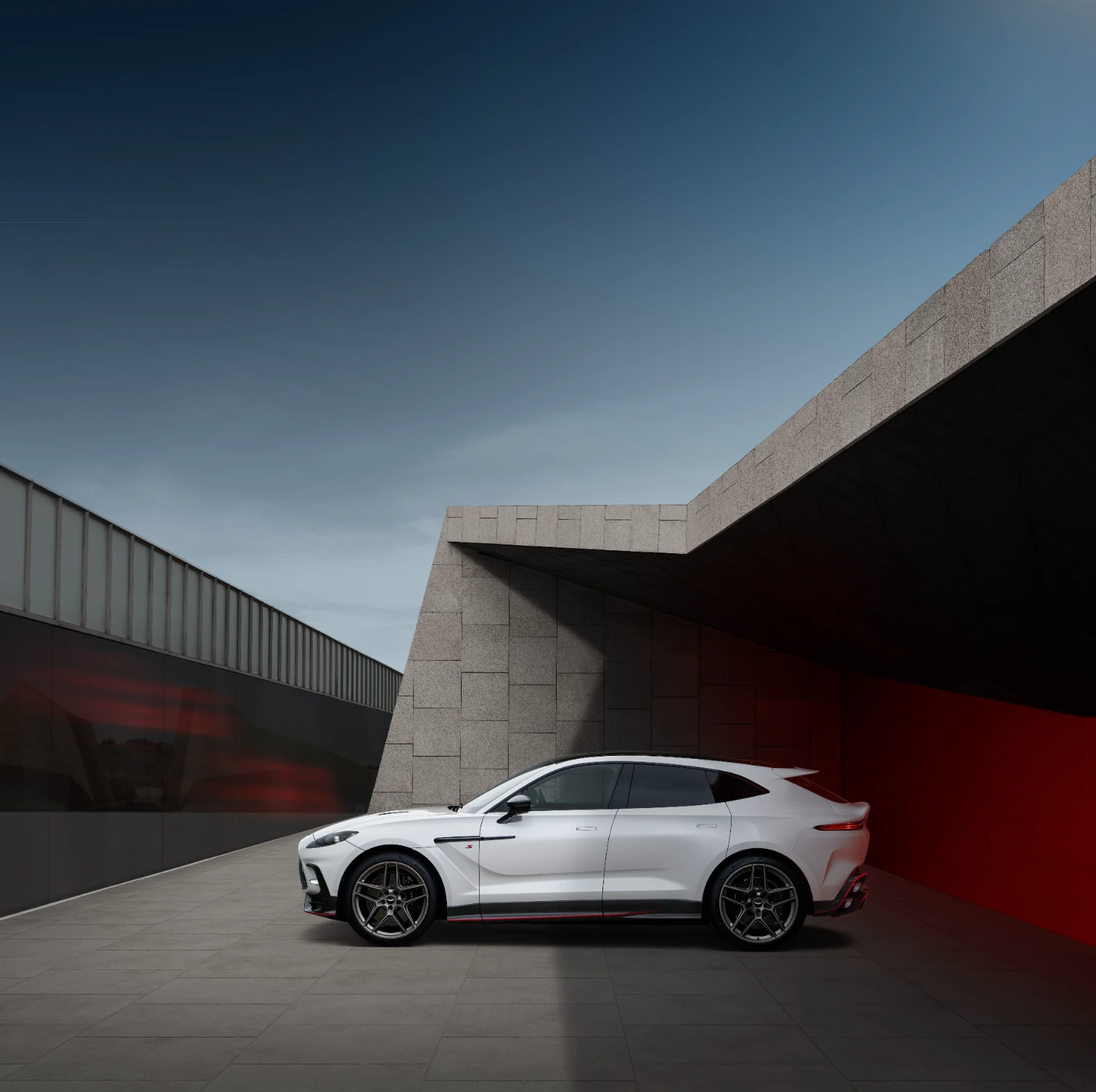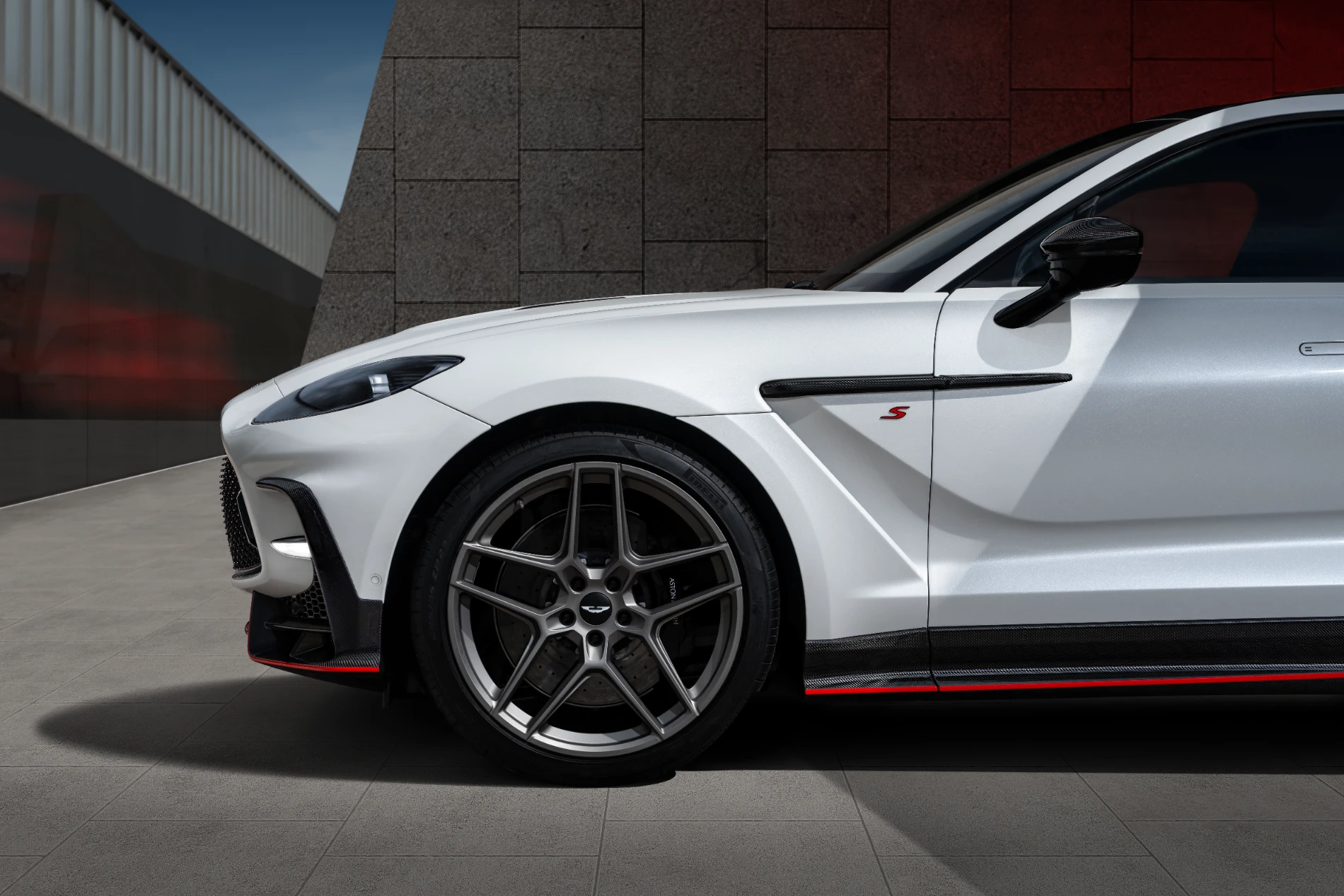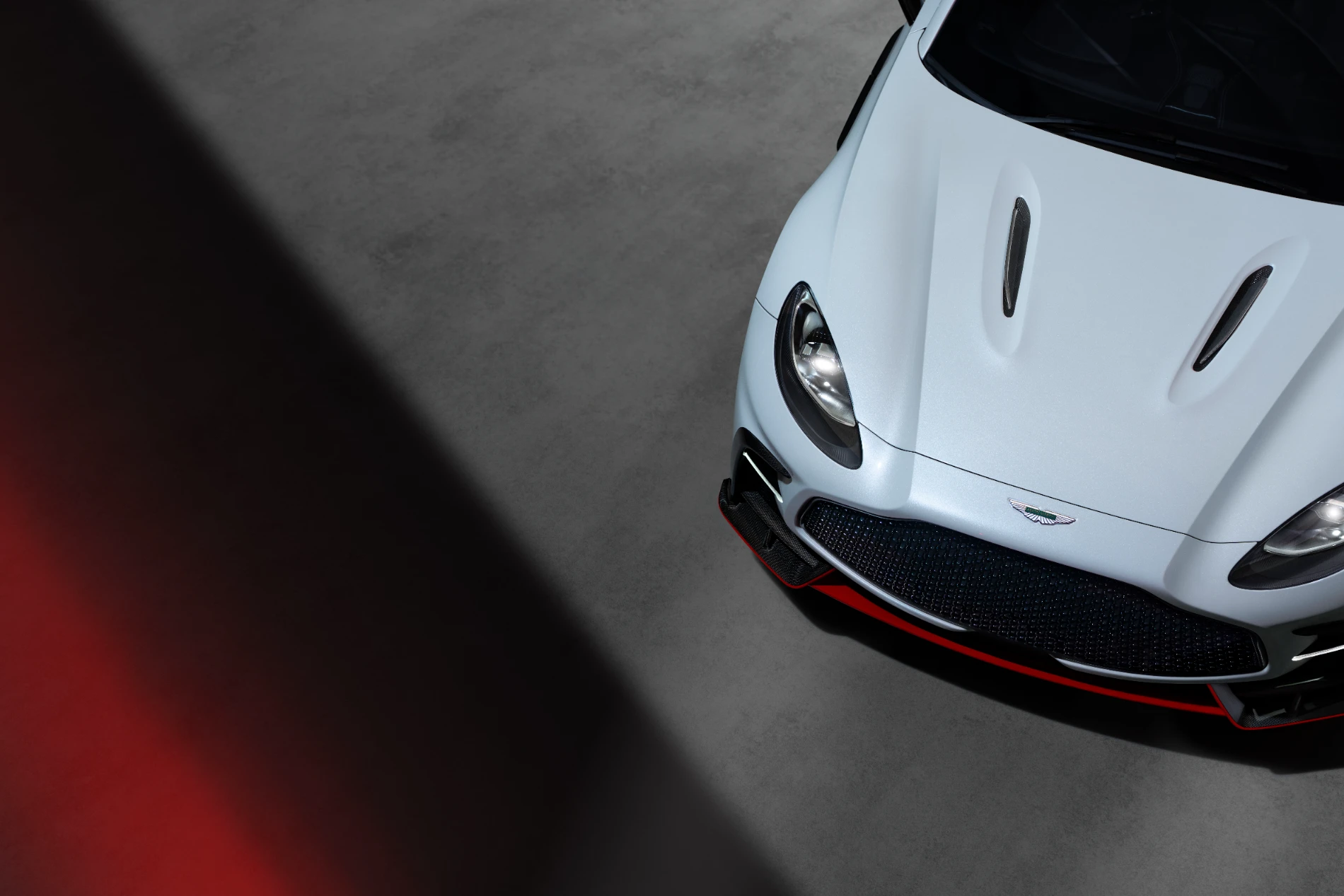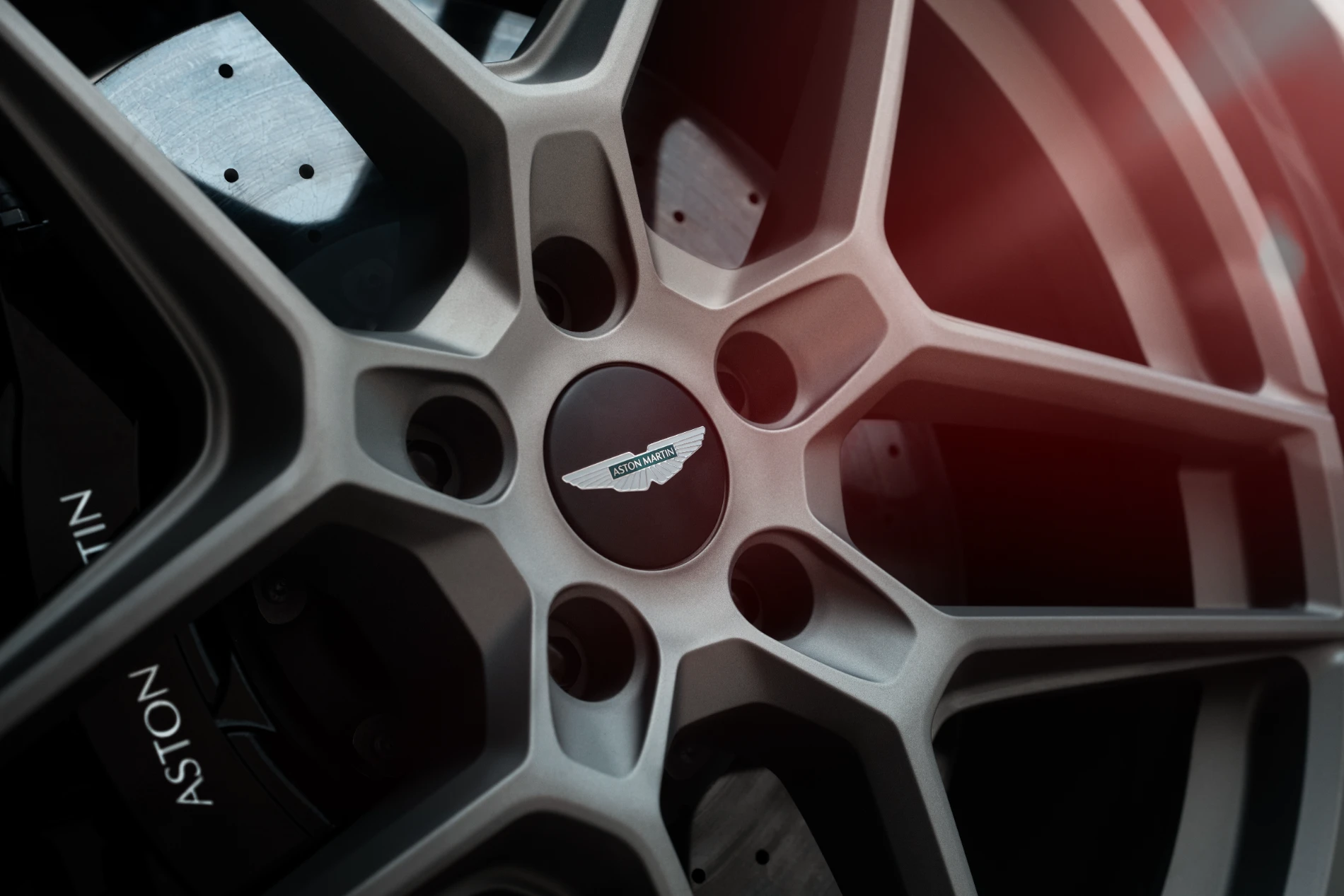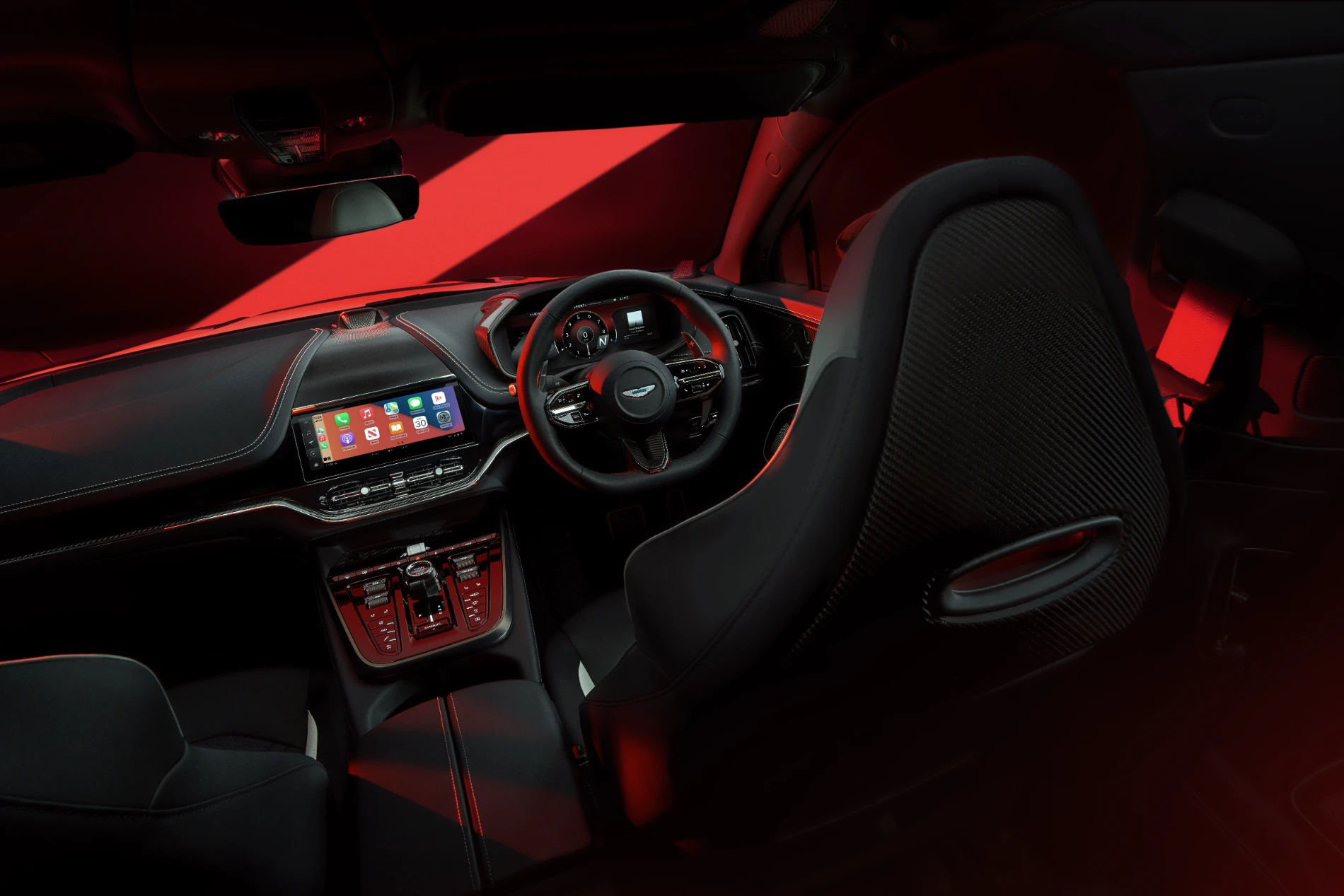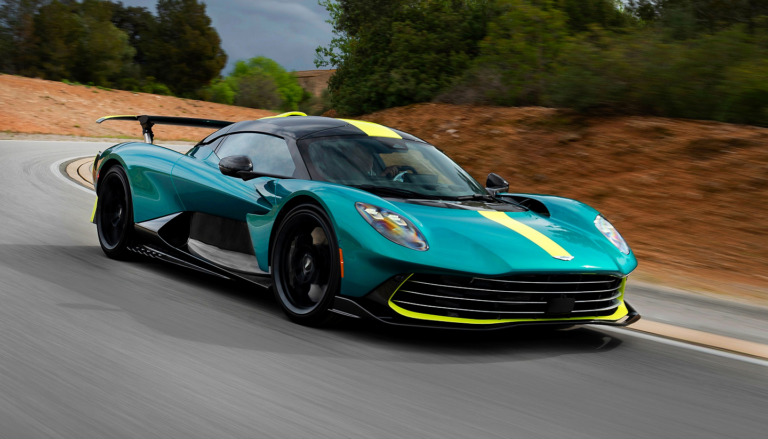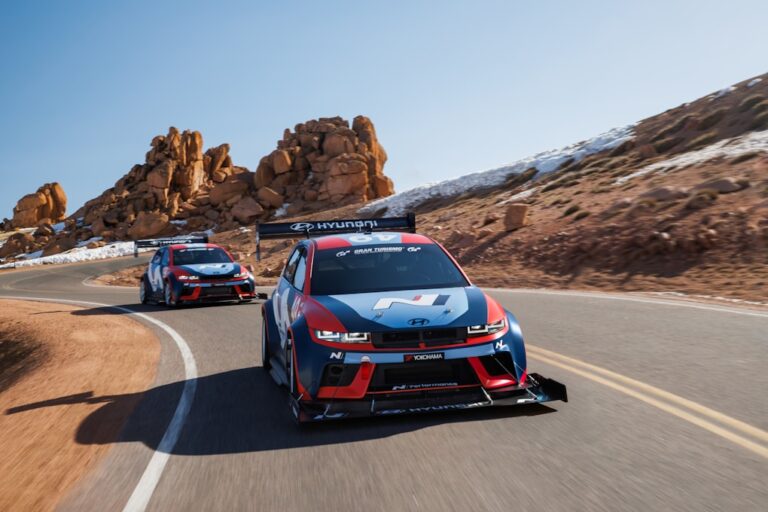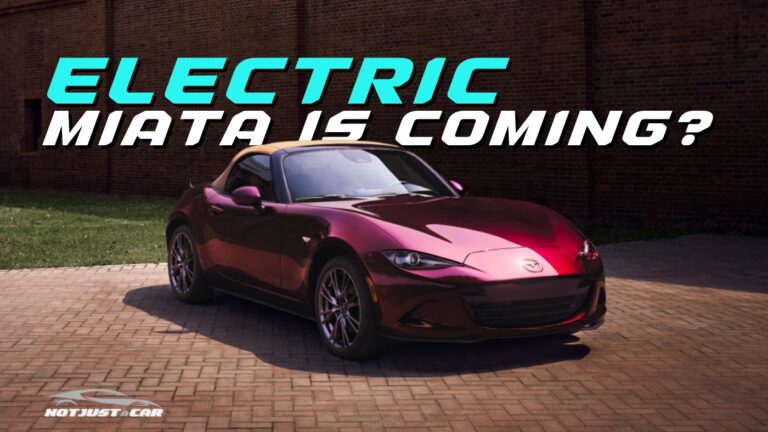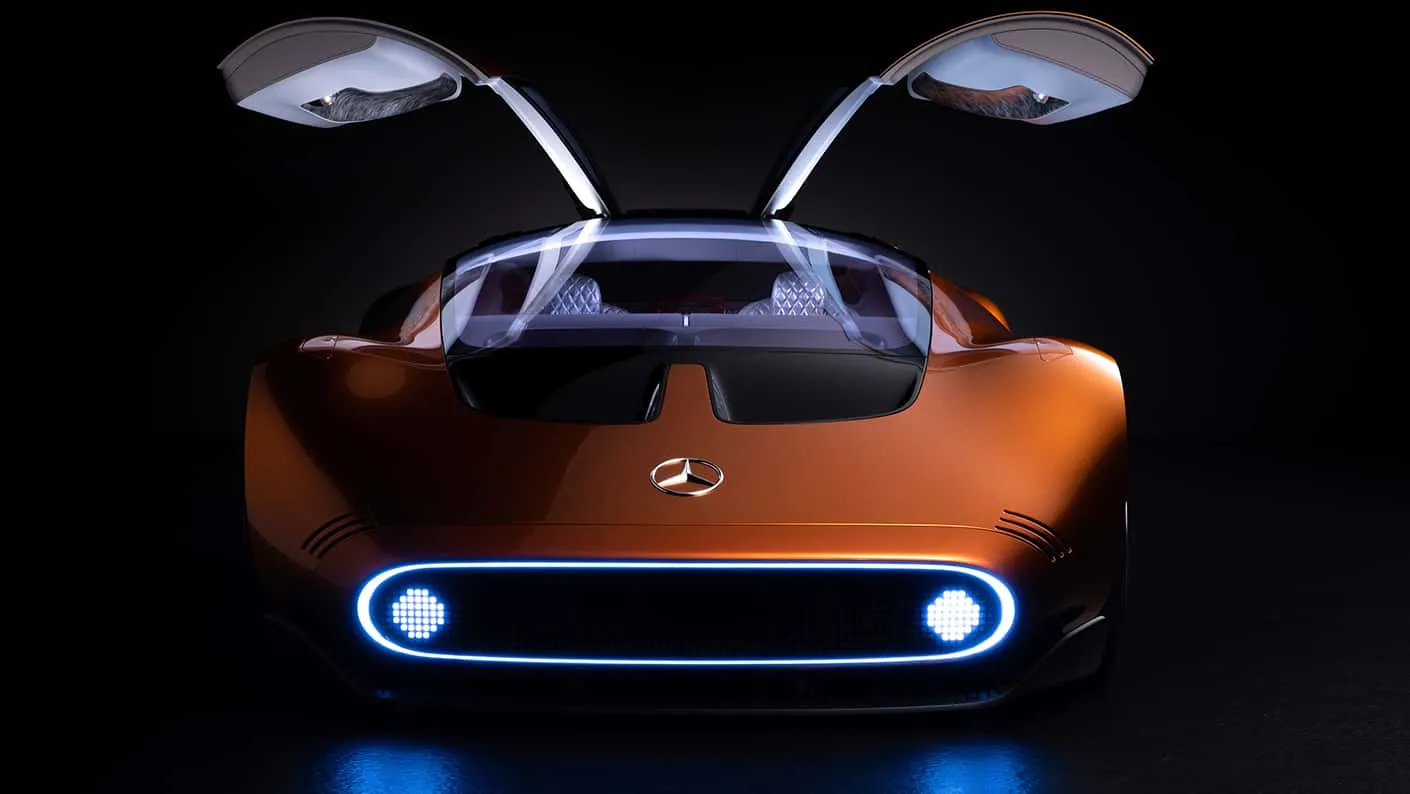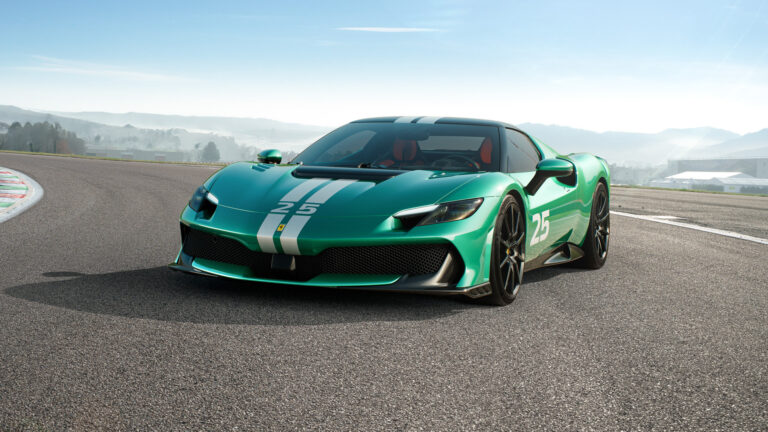Aston Martin’s New DBX S Drops Weight, Packs 727 PS Punch
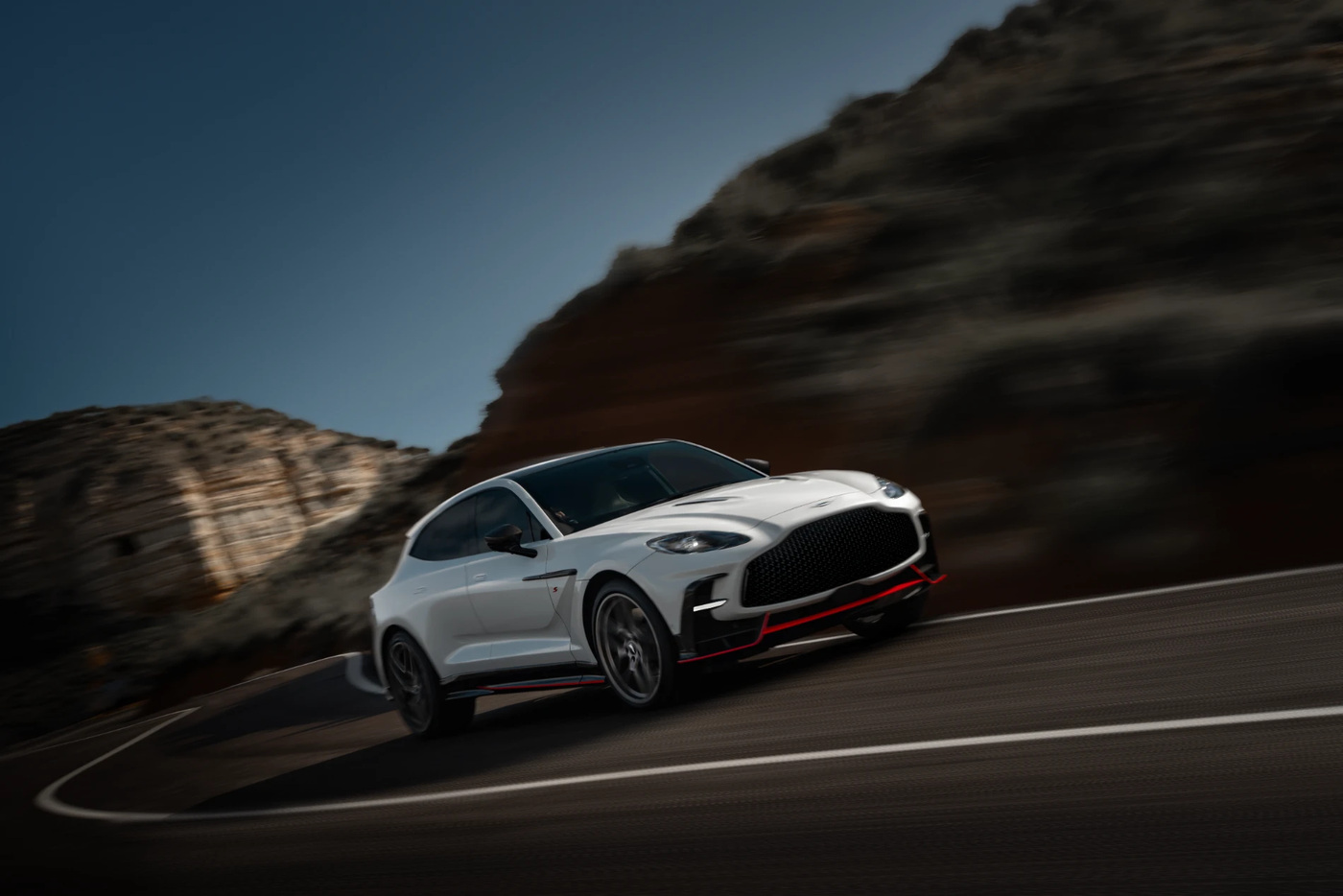
Aston Martin turns its already-bonkers SUV into a leaner, meaner 727-PS flagship—think DBX707 on a protein shake and a carbon-fiber diet.
Quick Links
Aston Martin DBX S – Key Points
- Twin-turbo 4.0-liter V8 from the Valhalla cranked to 727 PS and 900 Nm
- 0-62 mph in 3.3 s, same 193 mph v-max, but with a nastier soundtrack
- Optional carbon roof, magnesium wheels, and aero bits trim up to 47 kg
- Faster steering rack, tweaked air-suspension, and carbon-ceramic brakes as standard
- Bespoke “S” interior in Alcantara or full leather; herringbone seats, red belts, the works
- Continues Aston’s ‘S’ legacy from 1953 DB3S to Vanquish S, Vantage S, Rapide S, and beyond
- The 2025 Aston Martin DBX S is expected to cost at least £210k ($250,000 USD)
Look, the DBX707 already felt like an Aston Martin Vantage wearing hiking boots—utterly ridiculous, wonderfully so. But Gaydon clearly wasn’t done flinging physics out the window. Enter the DBX S, a fresh king-of-the-hill trim that juices the twin-turbo V8 to 727 PS (that’s 717 old-school horses) and drops a small teenager’s worth of mass if you tick the right option boxes.
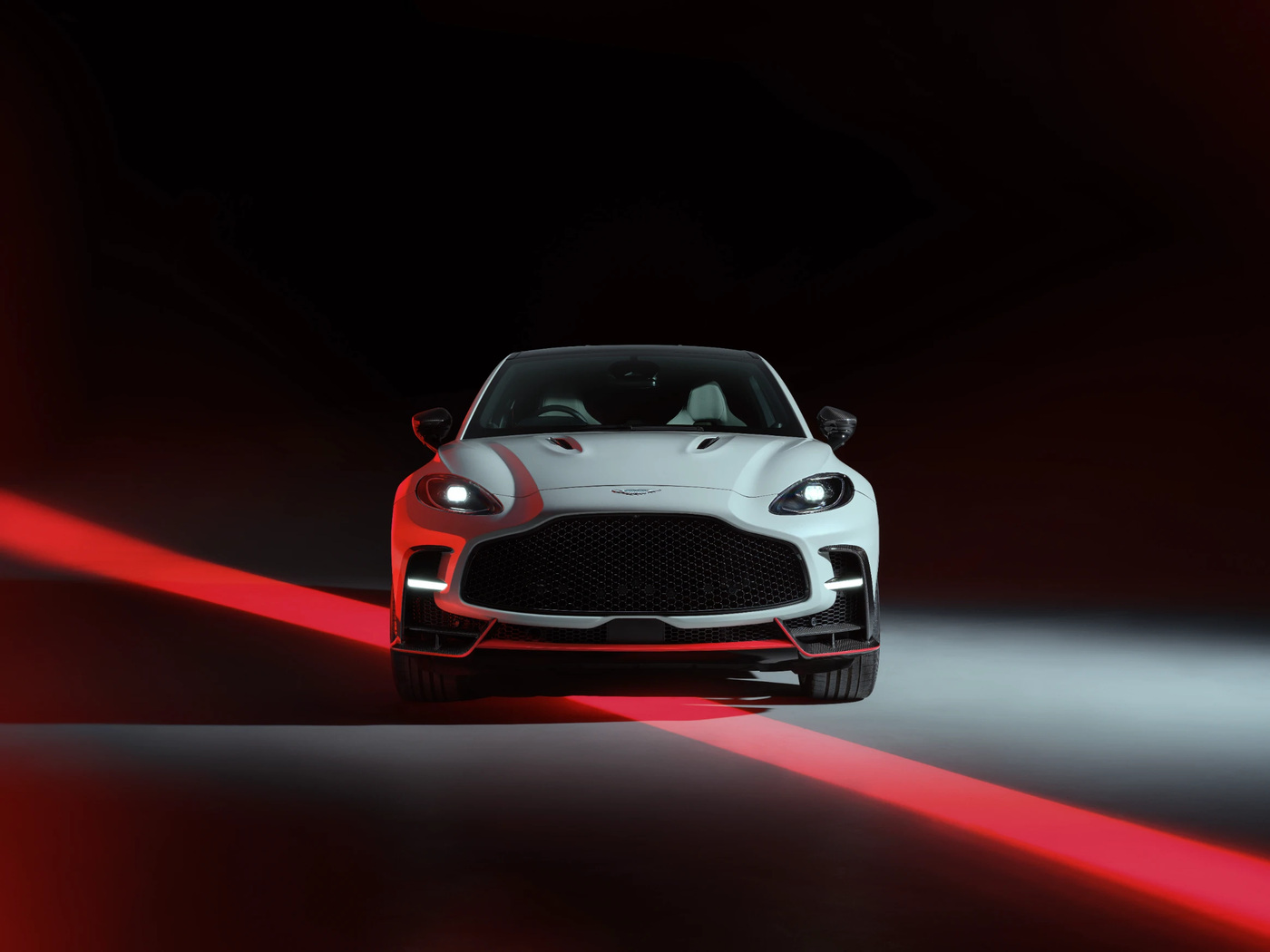
How’d they squeeze the extra grunt? By raiding the parts bin for the upcoming Valhalla supercar: bigger compressor wheels, fettled internals, and ECU witchcraft let the V8 pull harder as the needle sweeps past 6,000 rpm.
Torque stays an earth-moving 900 Nm, but revised gearbox mapping keeps the 9-speed wet-clutch ’box on red-alert: higher upshifts, angrier auto downshifts in Sport and Sport+. Launch it and you’ll still nail 62 mph in 3.3 seconds—same as the 707—but Aston claims the charge to 124 mph is now 0.3 seconds quicker. Translation: you’ll demolish freeway on-ramps even faster than your Apple Watch can say “cardio session started.”
The bigger story is weight. Spec the optional single-weave carbon roof (a whopping three-square-meter slab) and you yank 18 kg off the highest point of the car—hello, lower center of gravity. Bolt on forged magnesium 23-inch wheels for another 19 kg of unsprung savings, then sprinkle carbon sills, diffusers, and wing elements for a final 7 kg chop. Net result: up to 47 kg lighter than a 707, and that diet pays dividends everywhere—steering feel, ride compliance, and turn-in snap.
Aston didn’t forget the drama. Up front, a pure-black vaned grille or optional 25,000-facet polycarbonate honeycomb (nerd flex) feeds the beast, while new splitters and sills with up-turned air blades scream GT3 refugee. Out back? Quad pipes, now vertically stacked like a double-barrel shotgun, broadcast that “I spent £210k on an SUV, kindly move” message loud and clear.
Yep, that’s how much the
Inside, the ‘S’ theme takes over: herringbone-pattern Alcantara seats (or full semi-aniline leather if you’re feeling posh), red seat belts, and an embossed/ debossed Aston wings logo pressed into the headrests with 1.5-tonne force. The in-house infotainment finally makes Mercedes leftovers a distant, cringe-inducing memory, while a standard 800-W stereo or optional 1,600-W Bowers & Wilkins setup turns the cabin into the Royal Albert Hall on wheels.
Check Out These Hot Pics of The New DBX S
Why “S”? Because Aston’s been slapping that letter on hotter versions since the DB3S Le Mans fighter back in ’53. Vanquish S, V12 Vantage S, Rapide S—you get the gist. The DBX S keeps that lineage alive, proving “lighter, faster, louder” still sits at the brand’s core even in the age of family-friendly heights and tailgates.
Competitor check: Lamborghini Urus SE shouts louder with 789 hp, but tips the scales heavier; Porsche Cayenne Turbo GT fires off a 2.9-second sprint yet can’t match the Aston’s top-speed swagger; even the outgoing DBX707 now looks slightly under-gunned. The DBX S is basically Aston’s mic-drop until someone else moves the goalposts.
Orders are open now, deliveries land Q4 2025, and if you needed an excuse to skip dessert—well, Aston just saved the weight for you.
Weight-Loss Program in One Picture
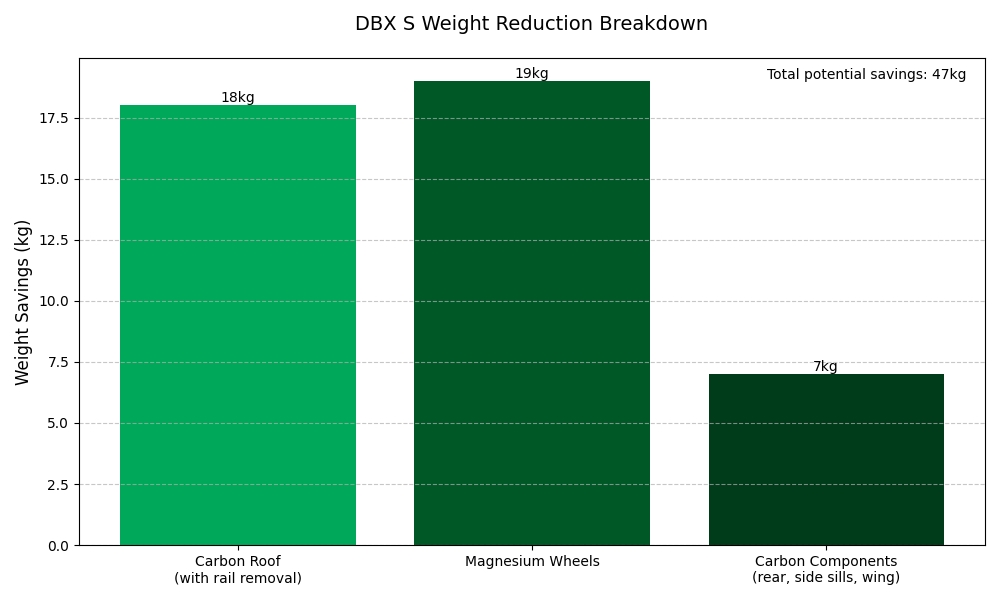
DBX S vs DBX707 Comparison Cheat Sheet
| Specification | DBX S (2025) | DBX707 (2022) |
|---|---|---|
| Engine output | 727 PS (717 hp) | 707 PS (697 hp) |
| Torque | 900 Nm | 900 Nm |
| 0–62 mph (0–100 km/h) | 3.3 s | 3.3 s |
| Top speed | 193 mph (310 km/h) | 193 mph (310 km/h) |
| Maximum weight reduction | −47 kg (carbon roof + magnesium wheels) | — |
| Kerb weight (DIN) | ≈ 2,198 kg* | 2,245 kg |
Interesting Stats & Nuggets
- Carbon roof is Aston’s largest single carbon piece ever: ~3 m².
- Magnesium wheels chop 19 kg of unsprung weight—goodbye, tramline jitters.
- Steering ratio quickened by 4 %, yet turning circle shrinks 0.5 m to 12 m.
- Standard ride-height air suspension keeps roll to ≤1.5°—flatter than some two-seat sports cars.
- DBX line has moved 8,000+ units since 2020, bankrolling Aston’s new sports-car blitz.


